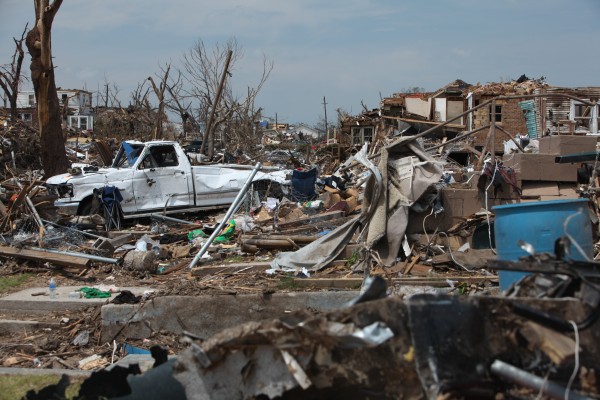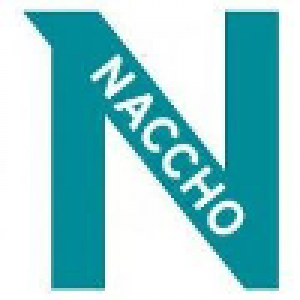Washington, DC, June 16, 2020 — The National Association of County and City Health Officials (NACCHO), the voice of the country’s nearly 3,000 local health departments, has re-released a report offering lessons learned and promising practices to meet the needs of at-risk populations before, during, and after disaster response. The report, produced in collaboration with Office of the Assistant Secretary for Preparedness and Response (ASPR), can help inform communities as they prepare for hurricane season, coupled with the ongoing response to COVID-19.
The report’s findings are from a workshop convened in 2016 with Home and Community-Based Service (HCBS) providers and local health departments impacted by Hurricane Sandy. It offers several findings that will help to ensure the well-being of these populations during this unprecedented time and will help local health departments better understand how to effectively work with HCBS organizations locally.
For at-risk populations, those with access and functional needs — including people with disabilities, older adults, and individuals with chronic or temporary medical conditions — HCBS providers offer needed services in their own home or community. That means that effective preparedness planning for natural and man-made disasters requires continuity of HCBS organizations to ensure the health and well-being of these at-risk individuals.
Hurricane Sandy exacerbated underlying social determinants of health, including poverty and access to healthcare, and HCBS clients faced significant
challenges navigating the bureaucracy of the disaster recovery process. A theme throughout the workshop was the importance of building healthy and resilient communities through preparedness activities. Individuals who had support from family, friends, neighbors, or other community members were better able to access social and medical services and disaster recovery resources such as programs for temporary shelter/housing, repairing, or rebuilding housing, and behavioral health services.
Lessons learned to support HCBS organizations in their service delivery include:
Communications
- Consider alternate communications channels to staff and clients including text messaging, social media, and website posts. Determine approaches for hearing and vision impaired individuals.
- Use door-to-door assessments to locate and confirm the safety of clients unreachable through alternative methods.
- Maintain and secure a centralized database, such as a local/state registry of clients.
Staffing
- Anticipate possible staffing shortages; encourage flexibility in staffing assignments and employee cross-training.
- Consider flexible schedules during a disaster.
- Develop job aid tools for essential tasks to enable alternate staff to backfill and ensure continuity of services.
- Ensure behavioral health services and implement ongoing worker safety and emergency preparedness training to ensure greater workforce resilience.
Transportation
- Reassign staff to provide immediate services in their home neighborhoods or from alternate locations in the event of suspension or closure of public transit. Use passenger vans to shuttle staff to and from work sites.
- Work with local emergency managers before an emergency to ensure HCBS provider staff are considered essential and able to travel to client locations to ensure continuity of care.
For more details from the report, see the Preparedness Brief blog post here.
###
About NACCHO
The National Association of County and City Health Officials (NACCHO) represents the nation’s nearly 3,000 local governmental health departments. These city, county, metropolitan, district, and tribal departments work every day to protect and promote health and well-being for all people in their communities. For more information about NACCHO, please visit www.naccho.org.










